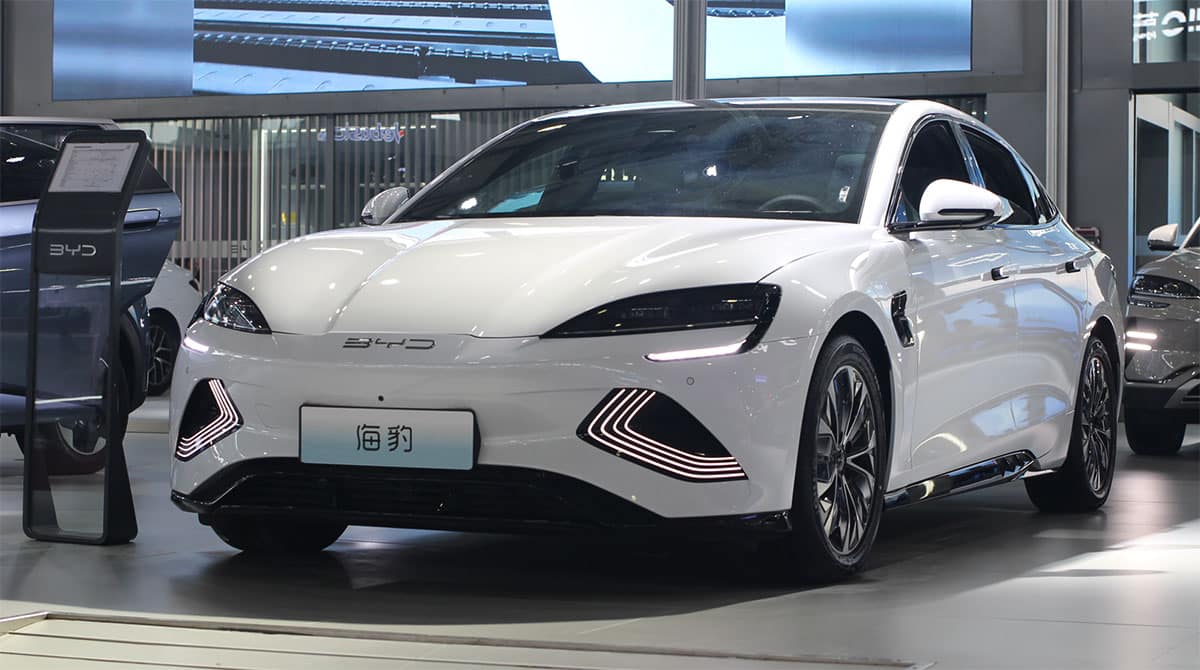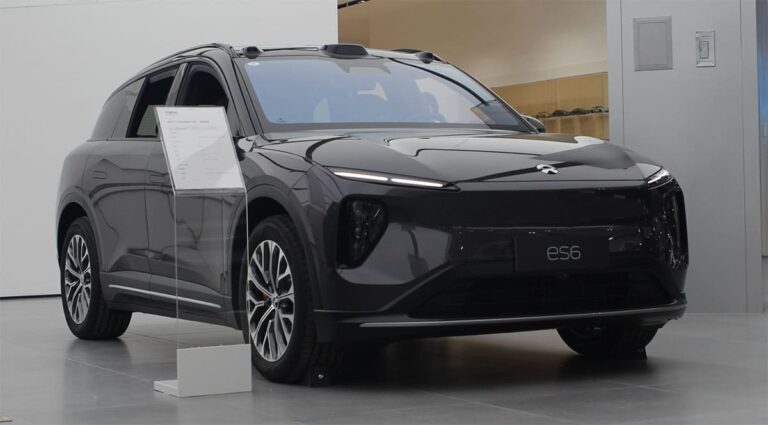China's export growth for BEVs is expected to slow to 9 percent this year, with its contribution to passenger car exports falling to 19.0 percent in 2024 from 22.5 percent in 2023, Canalys said.

Chinese-branded passenger car exports will continue to see significant growth this year, but the rate of export growth for pure electric models will slow, according to market researcher Canalys in a report today.
Exports of passenger cars from Chinese auto brands are expected to reach 2.5 million units in the second half of 2024, bringing the full year volume to 4.5 million units, up 29 percent year-on-year, the report said.
China's battery electric vehicle (BEV) model exports are expected to be 860,000 units this year, with growth slowing to 9 percent, due to European Union tariff policies and falling demand for new energy vehicles (NEVs), Canalys said.
The contribution of BEVs to the passenger car exports of Chinese auto brands will fall from 22.5 percent in 2023 to 19.0 percent in 2024, according to the report.
Meanwhile, plug-in hybrid electric vehicles (PHEVs) and hybrid electric vehicles (HEVs) will contribute more to exports, with their share achieving more than 10 percent for the first time in three years, reaching 310,000 and 240,000 units, respectively, Canalys said.
Latin America and Europe are the main regions driving the growth of PHEV and HEV exports from Chinese auto brands, the report added.
The European Union's anti-subsidy investigation into BEV imports from China ended on October 29, and a five-year policy of additional tariffs went into effect the next day.
Different carmakers face different tariff rates, ranging from 7.8 percent for Tesla China to 35.3 percent for SAIC Motor. These tariffs are additional to the original 10 percent.
Hybrid cars are not covered by these additional tariffs, potentially encouraging Chinese car companies to offer such models in the European market.
In the first three quarters of 2024, passenger car exports from Chinese auto brands rose 27 percent to 3.1 million units, Canalys said.
Europe is the only regional market for Chinese passenger cars to see a decline in exports, by 4 percent, due to the EU's tariff hike on Chinese BEVs, according to the report.
As China's exports to other regions have increased, the EU has fallen to the fourth-largest market for Chinese car brand exports, while it was No. 1 in 2023.
However, the EU remains the largest export market for Chinese NEV models. Of the NEVs exported by Chinese brands, 28.4 percent were exported to the EU, according to Canalys.
Weaker demand for European NEVs and political uncertainty will lead to a slowdown in Chinese automakers' investment in the region, but Europe remains a core market for Chinese manufacturers as they globalize, Canalys said.
Chinese automakers are enriching their overseas product matrix by rapidly launching hybrid models to avoid tariffs and meet local consumer demand for affordable vehicles, the report said.
This is helping to expand brand recognition and prepare for a rebound in local NEV demand, Canalys said.

